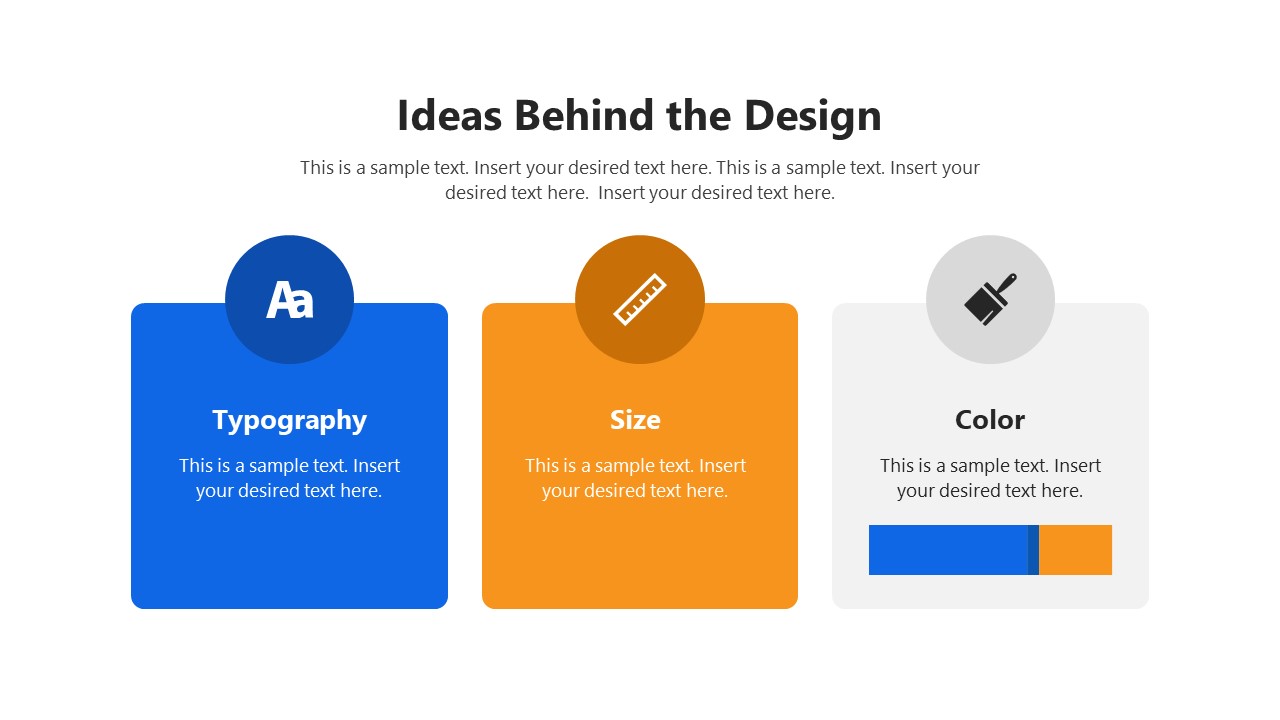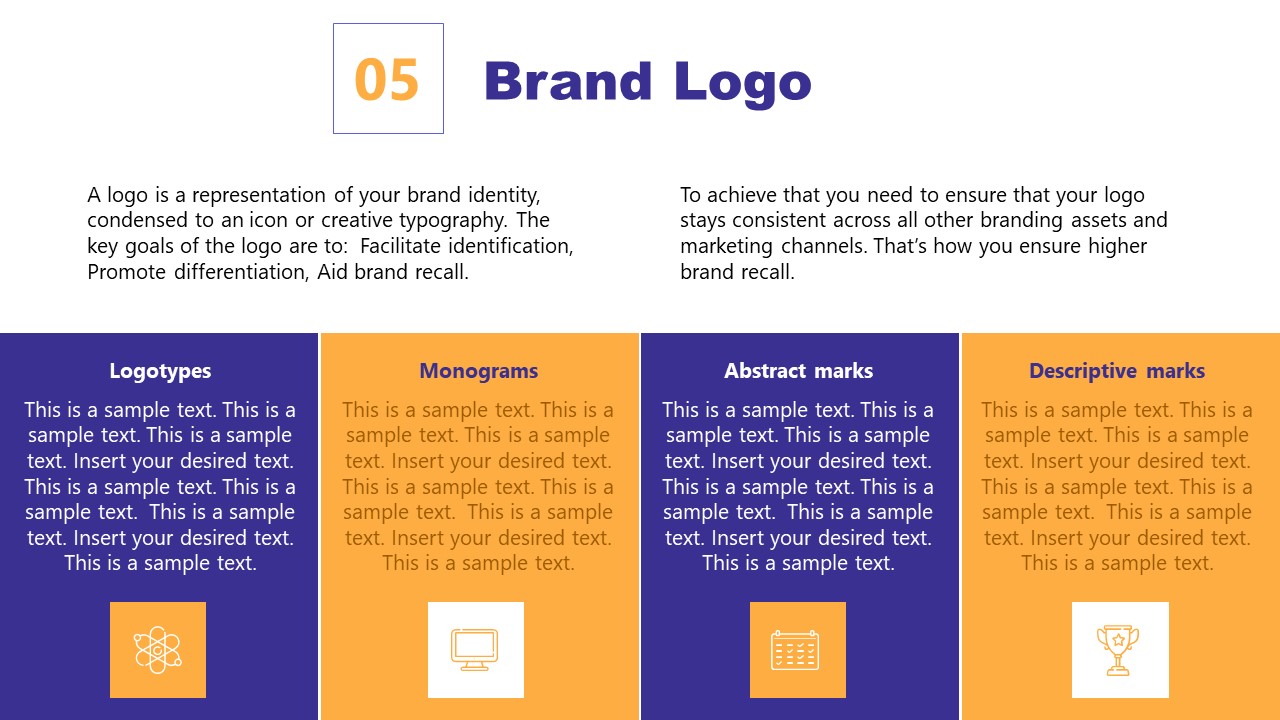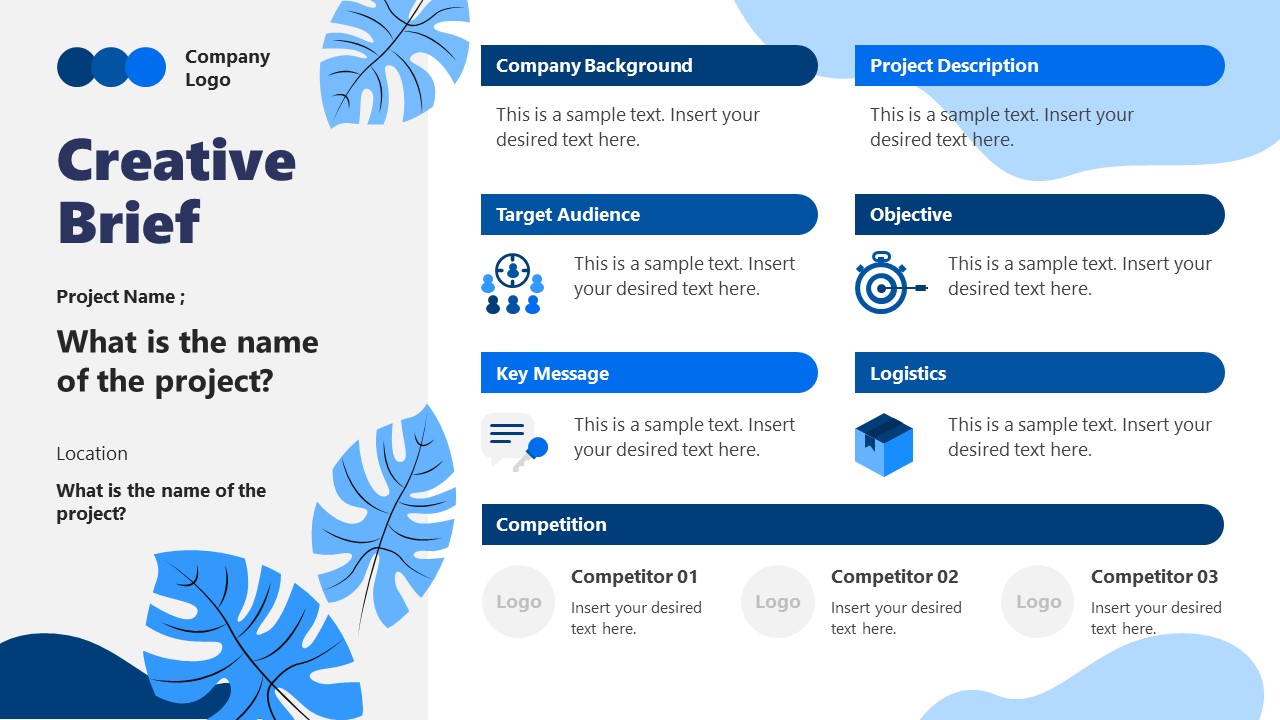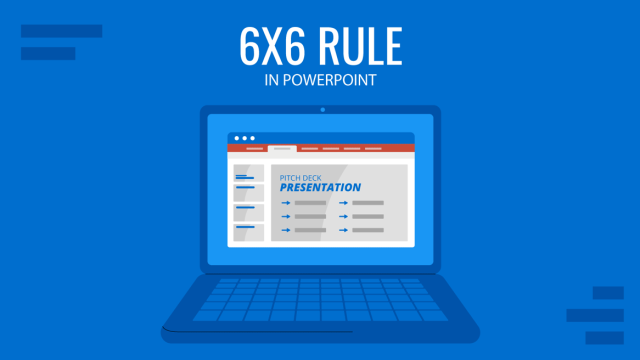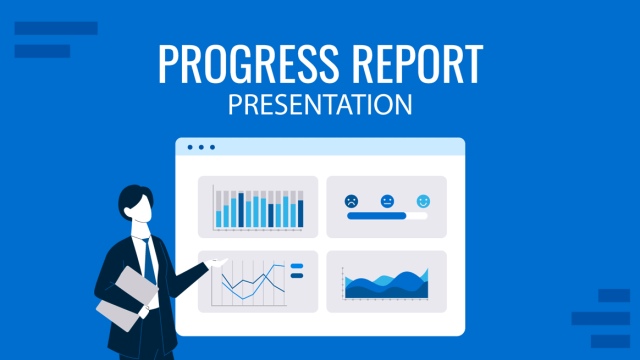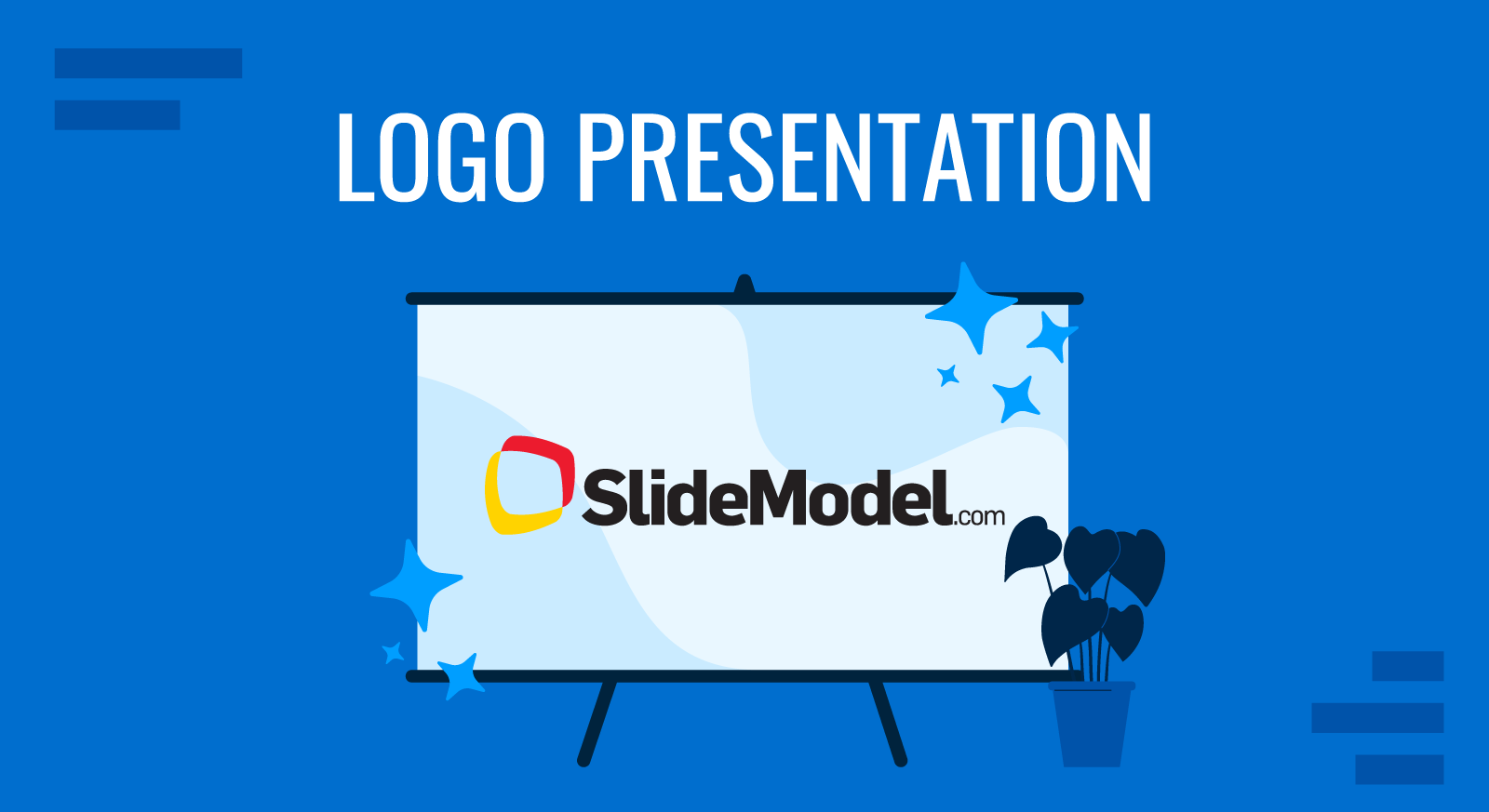
What do Amazon, Walmart, Apple, and GE have in common? A logo identity with a powerful story behind its creation. Working with a well-crafted logo is the first step in a company’s visual branding, as it encapsulates its values, ethos, and vision in a single, memorable emblem. However, it’s important to understand that this logo becomes the cornerstone of a more extensive corporate identity presentation, which encompasses every visual aspect of a company’s brand. That being said, part of the process of creating a logo is submitting it for its approval at board meetings and mass public, and here’s where our expertise will guide you.
This article delves into the significance of creating and presenting a logo that resonates with both the market and the ethos of the business. We will discuss the rules behind creating a logo presentation, tips for introducing the new brand identity, and how to construct a story that refers to each stage of logo creation. Let’s get started.
Table of Contents
- What is a Logo Presentation?
- What Should be Included in a Logo Presentation?
- How to Explain the Logo Creation Process
- Common Mistakes in Logo Presentations
- Recommended Logo Presentation Decks
- Final Words
What is a Logo Presentation?
A logo presentation is one of the core elements of a brand identity presentation, and it helps designers or marketing teams introduce the new logo identity in board meetings or deliver company-wide presentations about new branding strategies.
This type of presentation reveals the design and articulates its rationale, demonstrating how it aligns with the company’s branding and business goals. A well-crafted logo presentation can significantly influence the client’s decision-making process and perception of the company’s value.
Key Elements of a Logo Presentation
In order to structure a logo presentation, designers must be aware of the following elements.
- Understanding Client Needs: Before the presentation, the designer must have a thorough understanding of the company’s business, target audience, and brand values. This understanding guides the design process and forms the foundation of the presentation.
- Conceptualization and Design: The core of the presentation is the logo itself. Designers typically present several concepts, showing variations in color, typography, and style. Each design is not just a visual but a strategic solution to the client’s branding needs.
- Rationale and Storytelling: A crucial part of the presentation involves explaining the reasoning behind each design. This includes the symbolism of shapes and colors used, the choice of typography, and how the design communicates the brand’s message. Effective storytelling can connect the logo to the client’s brand story, making it more meaningful and impactful.
- Application and Versatility: Demonstrating how the logo will look in various applications (like business cards, websites, or billboards) helps clients visualize the logo in real-world scenarios. This also shows the logo’s versatility and scalability.
- Feedback and Revision Process: A logo presentation is often an interactive session where clients provide feedback. This stage is required for refining the design and ensuring it aligns with the client’s expectations and needs.
- Technical Details: The presentation may also cover technical aspects like file formats, color codes, and usage guidelines, ensuring the client knows how to use the logo correctly across different mediums.
What Should be Included in a Logo Presentation?
We can summarize a logo presentation deck as a set of 5-7 slides. We will introduce some examples for each section.
Title Slide
As with any other topic, knowing how to start a presentation in style is a plus. Therefore, we highly recommend using a title slide that doesn’t instantly disclose what the logo is about but gives general guidelines for your ideas.
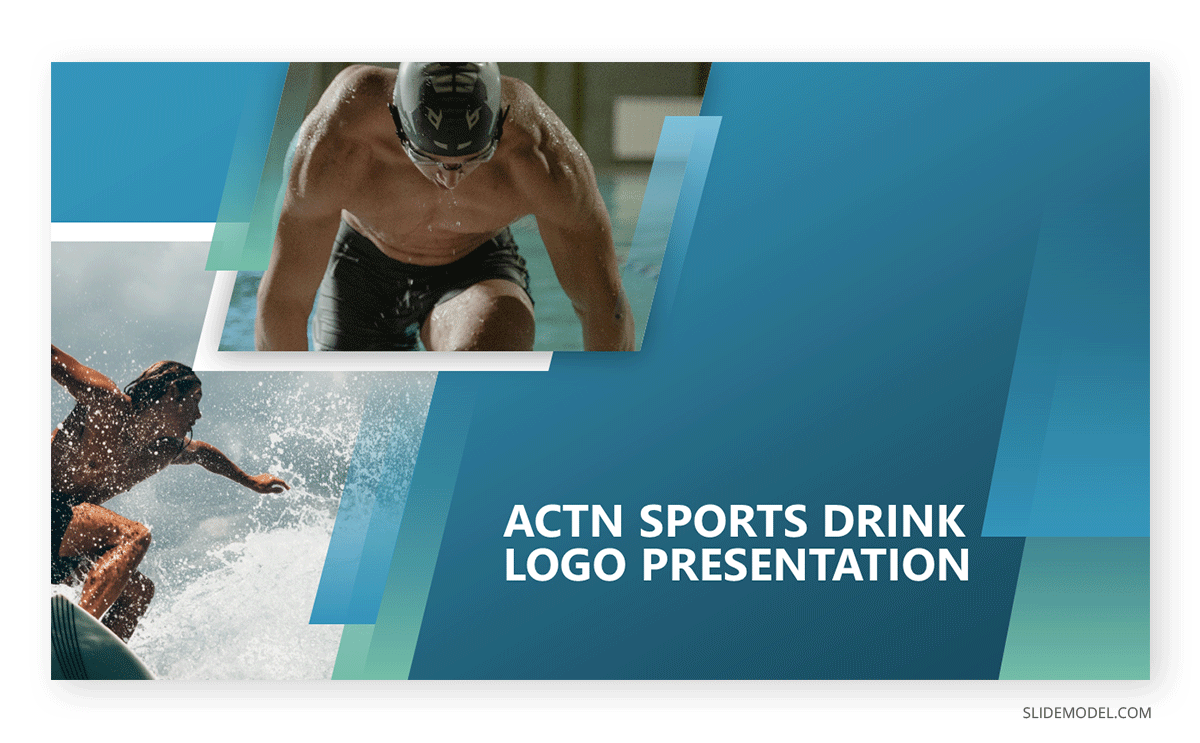
For example, you can use a title slide that contains photos of your sketches laid out on a table to give hints about the creative process that brought the logo to life.
Background Info
The information that drove the company to the research and the information gathered by the designer to back up its creation has to be presented next. Using proper visual communication techniques, we can condense that information into a series of graphics or placeholder text areas that pinpoint the core reasons that support a branding change.

Presenters can use up to two slides to summarize this point, and customer testimonials can also help gain insights into market trends for a particular design.
Logo Presentation
This is what everyone wants to see: the new logo. Presenters can use up to two slides to introduce the process that drove them to create the logo, then the logo itself. A well-crafted story has to link the points between the different stages to create the logo to the end piece and its potential real-life application.
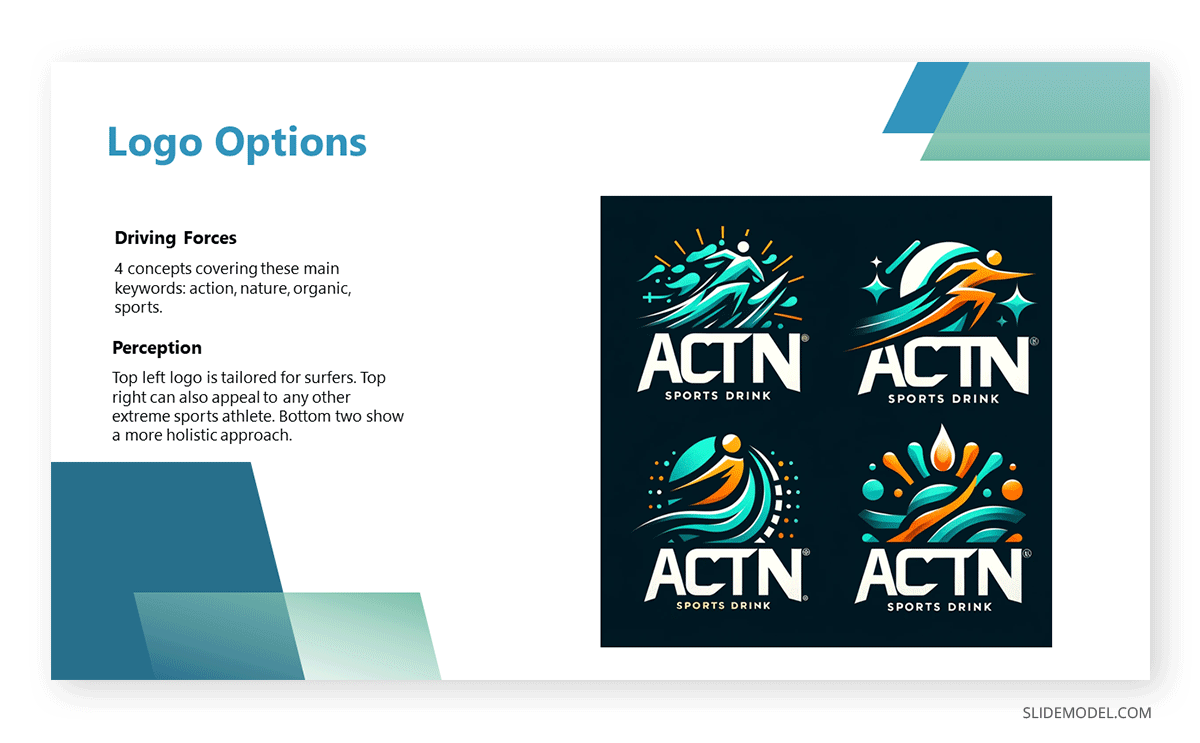
The new logo should be highlighted in an individual slide with its associated values.

Presenters must also demonstrate the logo in action, which can be done in the next slide or by using a video presentation that features the logo in target consumer products (in this case, mockups of bottles, t-shirts, etc.).
Alternatively, check our article about how to insert a company logo into PowerPoint.
How to Explain the Logo Creation Process
As the background research is already covered in the slides, a good question arises: how do we explain the logo concept presentation? Designers can initially speak about which ideas the initial meeting with the customer evoked. Those are the driving forces behind logo creation.
One approach is to show competitors’ logos and briefly analyze why they successfully convince the target audience that their product is good. For starters, using a logo maker can help generate initial concepts to discuss in relation to these competitors’ designs before customizing further to align with the client’s core values and vision when introducing the first drafts of the new logo.
Speak of the objectives your logo has to answer for, then honestly say why some ideas were accepted or discarded. Present hand-drawn mock-ups about how the logo ideas fit the target products. Then, move on to your pre-selection of 2-4 potential logos, their high-quality format, and the reasons why you consider these logos may be apt for the customer.
Out of the pre-selection of logos, choose the definite logo for the project and introduce it by telling a story about a potential customer looking for a product, how no other option in the market seemed to answer their search intent, and how seeing the logo was the answer. Put yourself in the shoes of the ideal customer persona of that brand and present facts that drove that customer’s interest. Using storytelling techniques can help build a convincing story from a consumer’s perspective, and the outcome format should contain either a physical product as a logo presentation example or a video telling that same consumer story.
Common Mistakes in Logo Presentations
Mistake #1 – Not Using Mockups
Your client may not understand the full impact of the logo until a physical application of the logo is seen. Although you must present the logo in full format, you must also introduce realistic mockups, videos, and physical products showing the new identity and submit them to the customer’s approval.
Tiny details like the chosen typeface not being clear enough can only be appreciated on the final product, not with an upscaled image that shows no imperfection.
Mistake #2 – Considering the Logo as a Solo Piece
Your logo ppt presentation is part of a new brand identity concept. Therefore, designers should align their efforts to disclose which fonts should be used alongside this new logo, which colors best suit any media advertisement using the logo, etc. This mistake is commonly triggered when multiple teams work on the brand identity or if that process is made in different stages.
Mistake #3 – Revealing the Logo in the Title Slide
Ignoring the surprise factor is one certain way to tank your presentation in seconds. You need to build excitement, present your ideas aligned to the course of your talk rather than showing the end product on the first slide, and have no extra surprise factor to gather the interest of your audience.
If you fall prey to presenting the logo in the title slide, the rest of the conversation will steer towards why they like certain aspects of the logo or not and why it should be accepted or discarded, rather than a reasonable story explaining each of your design decisions.
Mistake #4 – Ignoring the Feedback
Delivering a logo design presentation doesn’t automatically imply the customer accepts the logo. A back-and-forth process of changes may be triggered instantly, where the designer must clearly state the agreed revisions per contract on that logo. Then, a new meeting should be scheduled where the designer will answer the customer’s requirements.
Safely keep copies of your previous presentations to protect yourself against misunderstandings. These logo presentation templates save you time and document your decisions and what you present to your customer on one specific date. If one revision requires going back to a previous version of the design, bring that particular presentation file to the front and explain why it was initially rejected and the changes the customer requested.
Recommended Logo Presentation Decks
Take a look at this selection of PowerPoint templates and Google Slides themes that can fit your logo presentation needs. You can also find comprehensive corporate identity presentation templates that follow the brand identity and brand guidelines, ensuring a cohesive presentation of your company’s visual brand to stakeholders.
Final Words
A logo presentation may divert from the usual format of presentations as it combines aspects like factual data with design decisions and the reasoning behind them. Presenters should approach this type of presentation as not a final product but a series of iterations that will result in an end product. The logo presentation then becomes a collaborative project between the designer and the customer, where the designer needs to keep an open mind to allocate new ideas or present a past concept from a different perspective.
